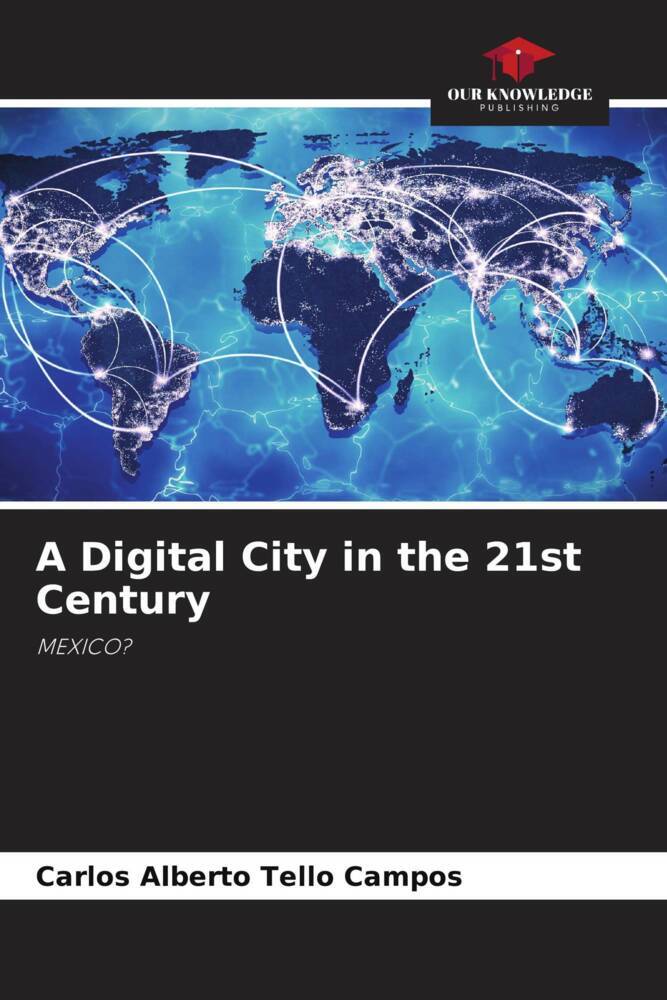
Zustellung: Mi, 23.07. - Sa, 26.07.
Versand in 5 Tagen
VersandkostenfreiBestellen & in Filiale abholen:
The big cities of the 21st century are now becoming even bigger. They continue to grow out of control due to a constant expansion that reduces the rural green areas still available. It is a problem that already affects the entire planet and contributes to its drastic climate change. The concept of the digital and intelligent city of the 21st century offers an alternative to mitigate this problem by promoting the adoption of information and communication technology (ICT) to rationalize this peripheral growth, optimizing the use of the central space of any city. In the case of Mexico City, how feasible is the mentioned technological adoption by the respective population? This research-based work answers this question.
Produktdetails
Erscheinungsdatum
22. April 2025
Sprache
englisch
Seitenanzahl
292
Autor/Autorin
Carlos Alberto Tello Campos
Verlag/Hersteller
Produktart
kartoniert
Gewicht
453 g
Größe (L/B/H)
220/150/18 mm
Sonstiges
Großformatiges Paperback. Klappenbroschur
ISBN
9786203905472
Entdecken Sie mehr
Bewertungen
0 Bewertungen
Es wurden noch keine Bewertungen abgegeben. Schreiben Sie die erste Bewertung zu "A Digital City in the 21st Century" und helfen Sie damit anderen bei der Kaufentscheidung.









